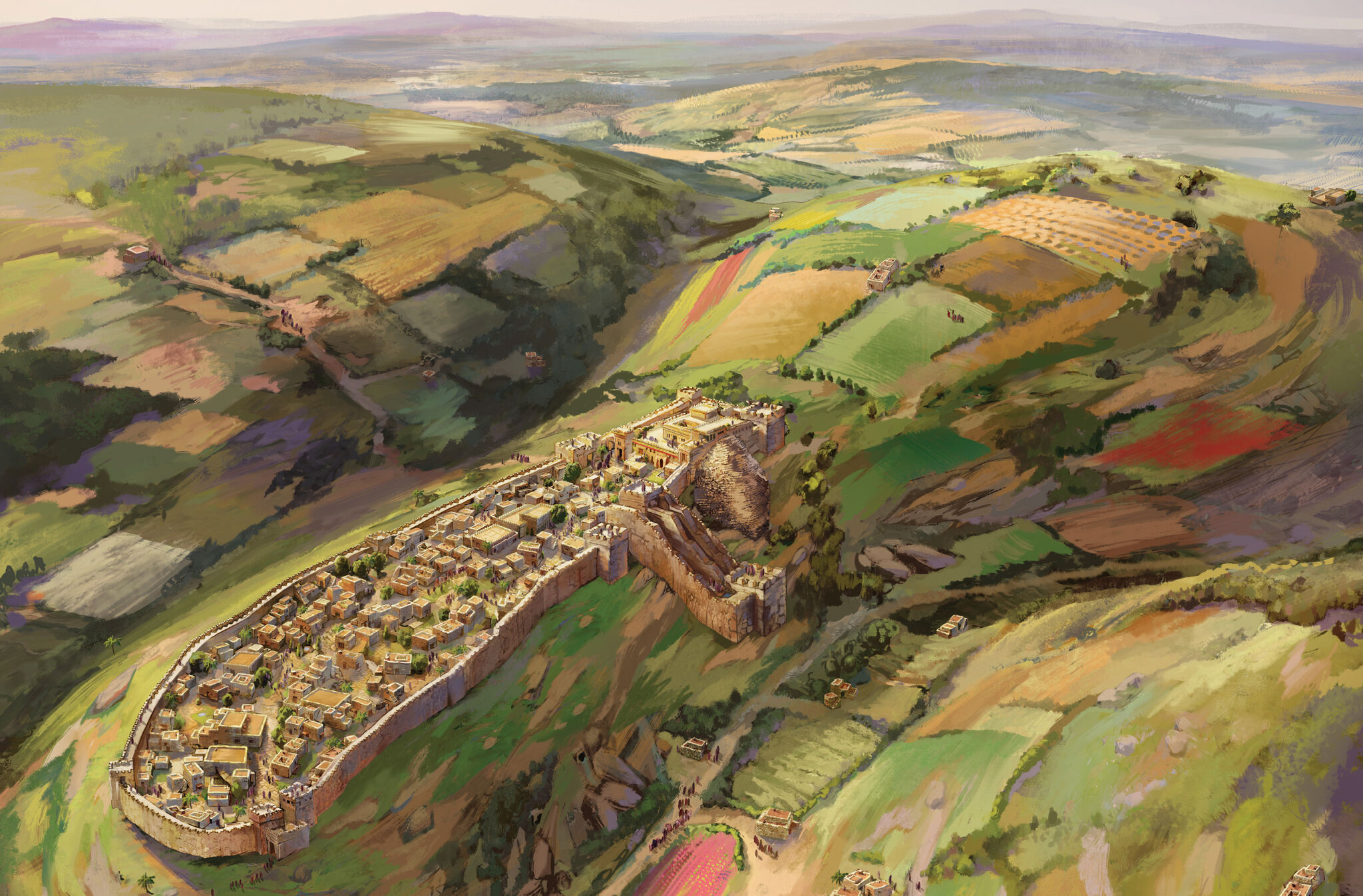David was about 30 years old when he became king of Judah. For the first 7½ years, he ruled Judah from the city of Hebron, situated about 32 kilometers (roughly 20 miles) southwest of Jerusalem. When he became king over all of Israel, David immediately determined to conquer the Jebusites and take control of Jebus (Jerusalem).
Jerusalem was a perfect site for Israel’s capital. The city, located in the Judean mountains, was strategically positioned between Judah and the northern 10 tribes and was extremely well-fortified with steep valleys on three sides. The gushing waters of the Gihon Spring provided a reliable supply of water. Most importantly, Jerusalem had a distinguished history with Israel’s patriarchs. The city was founded by Melchizedek roughly 1,000 years earlier and was situated adjacent south of Mount Moriah, where Abraham took Isaac to be sacrificed.
The Jebusites peered down on King David and his army from their elevated position and boasted that Jebus could never be taken. David was undeterred. He captured the city by sending soldiers through a water conduit. David built himself a palace, cementing Jerusalem as Israel’s royal capital. “And David dwelt in the stronghold, and called it the city of David. And David built round about from Millo and inward. And David waxed greater and greater [from Jerusalem]; for the Lord, the God of hosts, was with him” (2 Samuel 5:9-10). King David’s conquest of Jerusalem marked the beginning of a golden period in Israel’s history.
